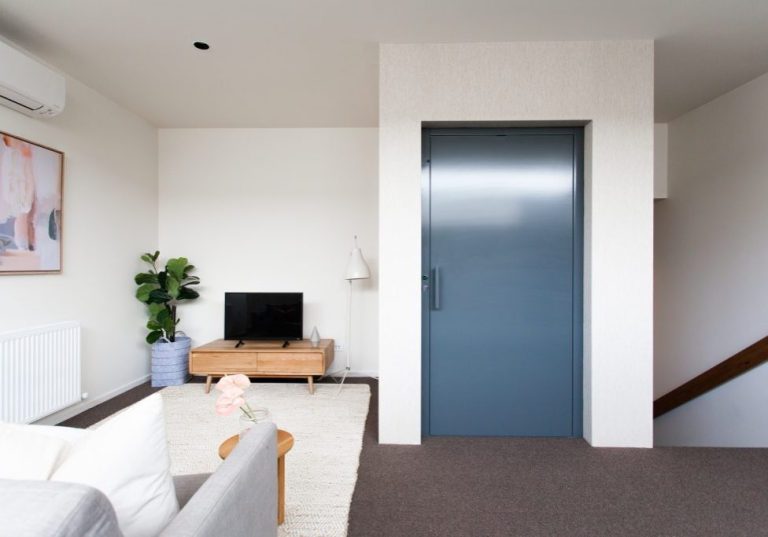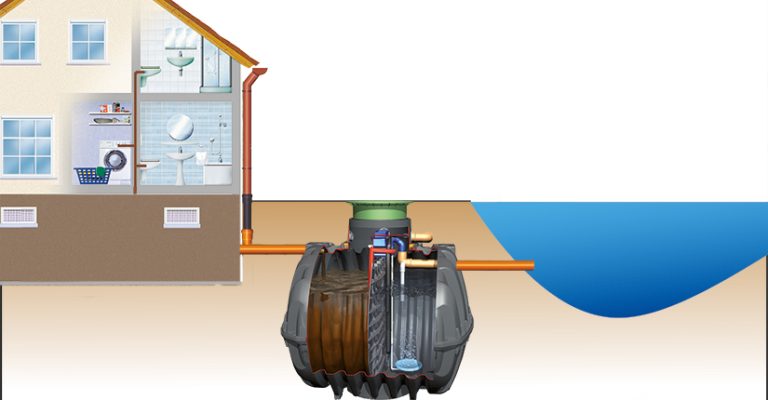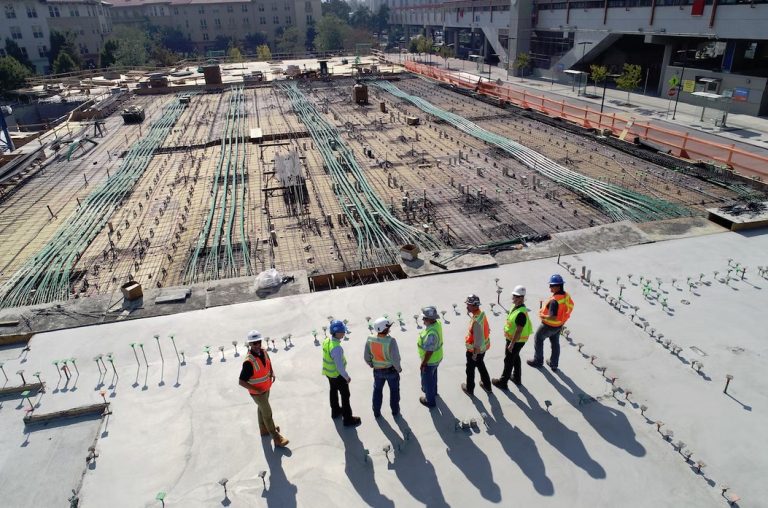Are you dreaming of becoming an architect? Undeniably, the career path you’ve chosen is a commendable one. The job of an architect is incredibly interesting, fulfilling, and well-paying. And a path to it always begins in college. If you are already studying architecture in college, you are on the right track. But it’s only a part of success. Of course, learning theory, writing essays, and dealing with other academic matters toward your degree are all important parts of becoming an architect. But the truth is that books and college tasks won’t make you a real professional. Only watching established professionals, earning hands-on experience, and keeping up with trends will. In the field of architecture, watching trends is just as important as having your own vision. It will help you remain an in-demand professional and skyrocket your career. And you should start watching them now, while still in college. To get started, find a reliable service like essayservice.com and free up your time from tedious and boring academic assignments. Continue reading to uncover the top five trends to watch out for in 2023! 1. Adaptive Reuse Adaptive reuse means adapting and repurposing existing structures instead of replacing them with new ones. This trend skyrocketed a few years ago and keeps gaining stride to this day. It began in 2020 with a record number (32,000) of apartment conversions. In 2021, adaptive reuse extended its reach to an additional 20,100 apartments, 7,400 offices, 3,400 factories, and 2,850 hotels. The biggest benefit of this approach is that it helps preserve the heritage and character of the original building while also giving it a more modernized makeover. At the same time, adaptive reuse also has a positive effect on the environment because breathing new life into old structures significantly reduces resource consumption and waste. This trend keeps gaining momentum. Today, there are already many great examples of this approach in architecture, including the Military History Museum in Dresden. So experts believe it’s indeed the future of architecture. 2. 3D Printing The concept of 3D printing has been around for decades. However, it only started gaining tangible popularity in the past decade. By this time, this technology had developed significantly and deeply integrated into various fields and niches, including architecture. As per Grand View Research, the global 3D printing construction market in 2022 held a valuation exceeding $18,175.7 thousand, forecasting a compound annual growth rate (CAGR) of a staggering 101.9% from 2023 to 2030. The numbers speak for themselves—3D printing is another massive thing in architecture. So it’s also a trend students should keep an eye on. The use of 3D printers in architecture helps add more efficiency and sustainability. Also, it has the potential to make construction much more accurate yet cost-effective. But even that’s not all. The main reason for using 3D printing in architecture is that it enables designers to come up with unique, customized shapes and implement them in life easily. Keeping an eye on this trend will help students better prepare for the future of architecture. Experts believe that this tendency will stay with us for many years. If it happens, architects will gain the freedom to produce innovative and functional structures with textured forms, unusual shapes, and breathtaking details. Simply put, they will gain the freedom to unleash their creative geniuses. 3. Energy Efficient and Compact Living Spaces If you will be working on designing living spaces, this is a trend you have to really keep an eye on. There’s been a marked shift toward compact and smart spaces in recent years. The emergence of this trend also offers a number of big benefits: All these benefits made intelligent and compact living spaces attractive both for money-conscious and eco-conscious homeowners. Of course, living in a small space might not be for everyone. However, the potential to create a more sustainable future for our planet while also improving the quality of people’s lives makes this trend a very promising one. So it’s expected to be here to stay in the future. 4. Sustainability Along with energy efficiency, sustainability also remains one of the primary trends in architecture. For years, people across the world have been educating themselves on environmental hazards and becoming much more conscious in terms of ecology. Respectively, sustainability has integrated into different sectors too. In architecture, this trend is manifested in different forms. Namely, one of the biggest tendencies is seen in the choice of materials. Instead of using good-looking and cheap synthetic materials, more and more people switch to organic, natural, and recycled ones. Popular choices include bamboo, cork, cotton, etc. These natural materials are used in various architectural elements, from general building materials to design elements like textiles. 5. Biophilic Urbanism Finally, we left the most exciting trend for dessert. The concept of biophilic design isn’t new. It arose back in the early 1980s. During that time, the biologist Edward O. Wilson came up with a hypothesis that all humans possess an innate, biological affection for the natural world. In simple words, this philosophy means that we all have an affinity for nature and benefit a lot from connecting to it. Spreading across the world, this philosophy eventually led to the rise of biophilic design. This concept implies integrating elements from the natural world into architecture and design. The core goal of this approach is to reconnect people with nature, which is proven to improve human well-being. Today, biophilic design is still popular and biophilic urbanism is especially trending. It brings together urbanism and biophilic design to bring more nature into dull urban environments. Some examples of this style are green roofs, courtyards, etc. Experts predict that this trend will be here to stay as well because of the positive effect it has on our environment, health, and wellness. The Bottom Line Architecture is an ever-changing industry. This industry has been a constant companion of human development throughout history. However, today, spurred on by the propulsion of technological advancements, its evolution is more rapid than ever before.














